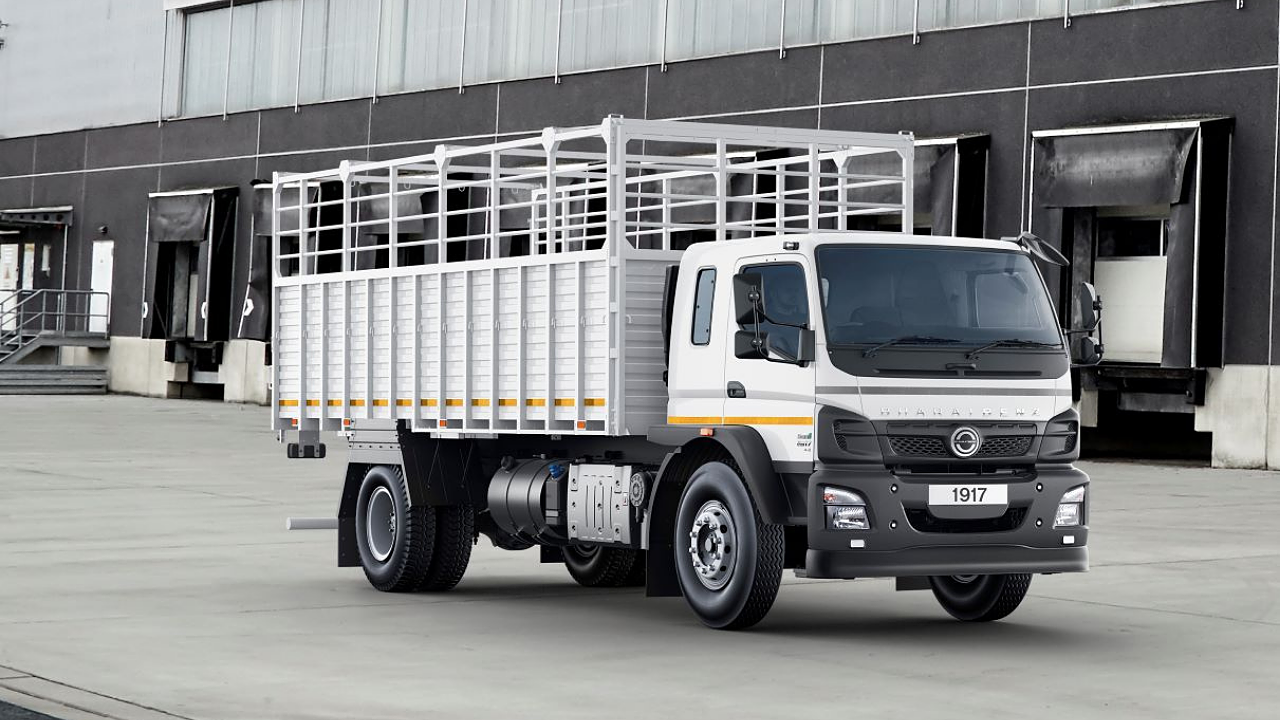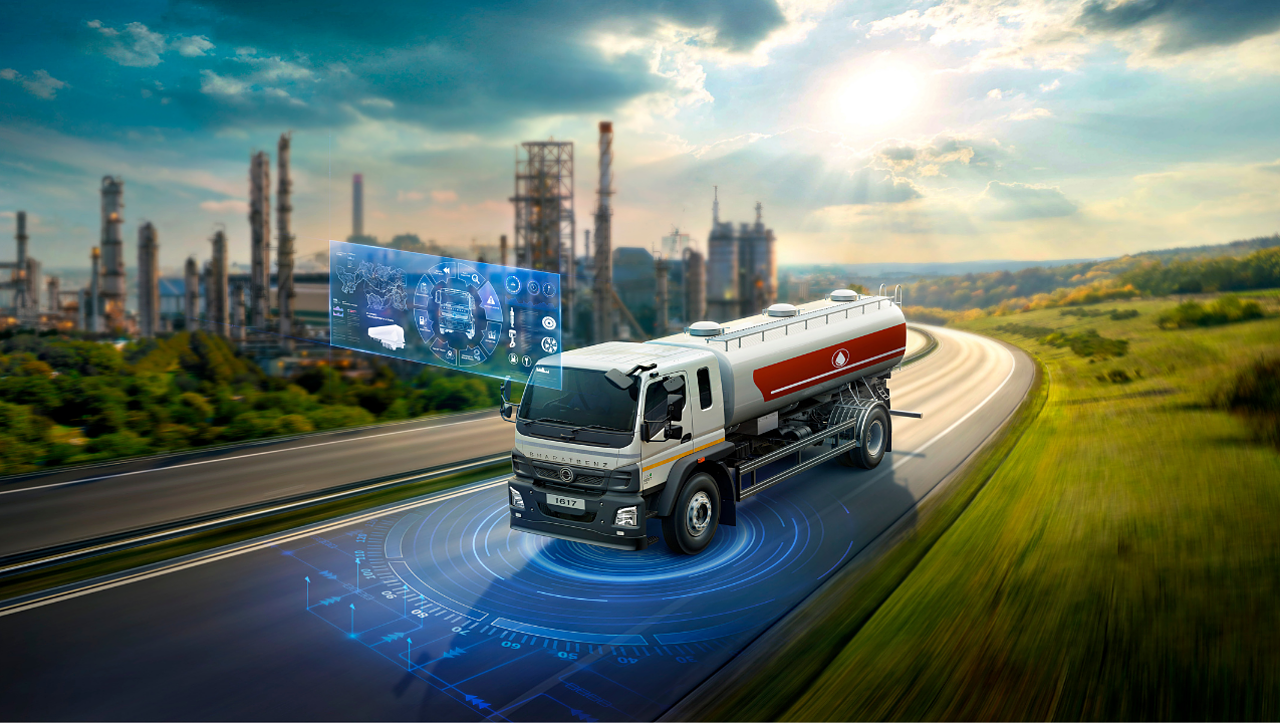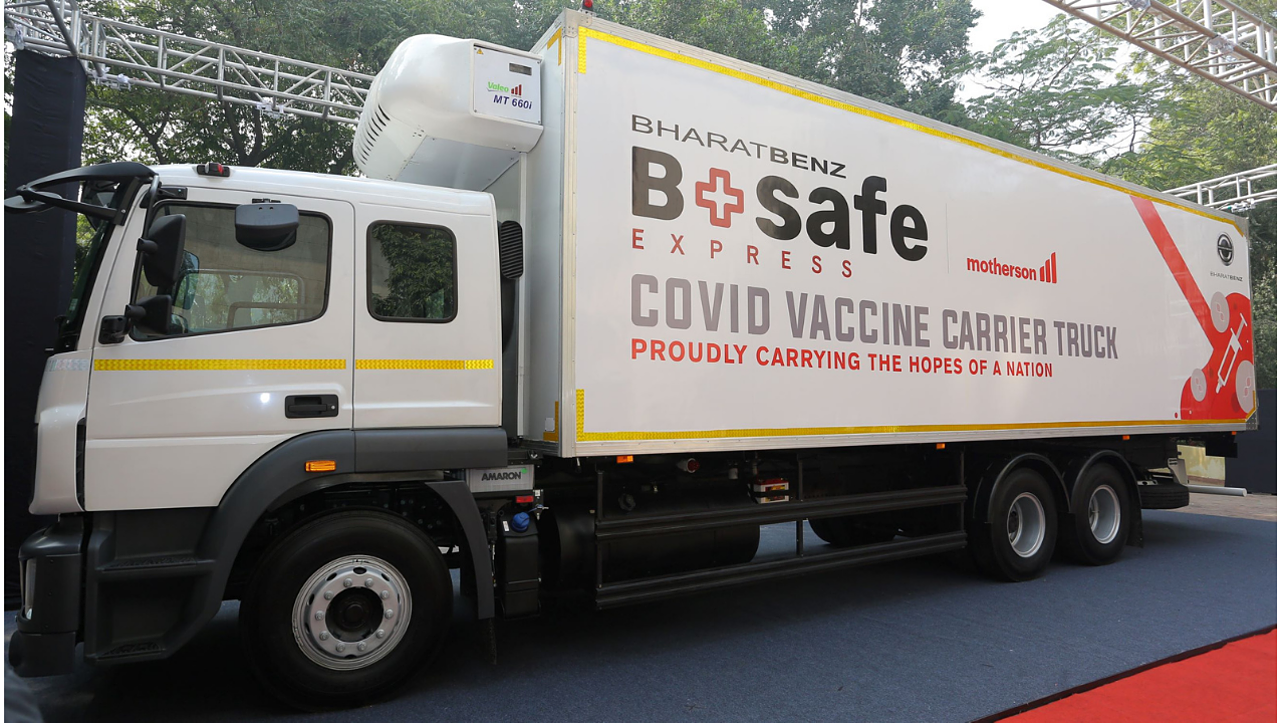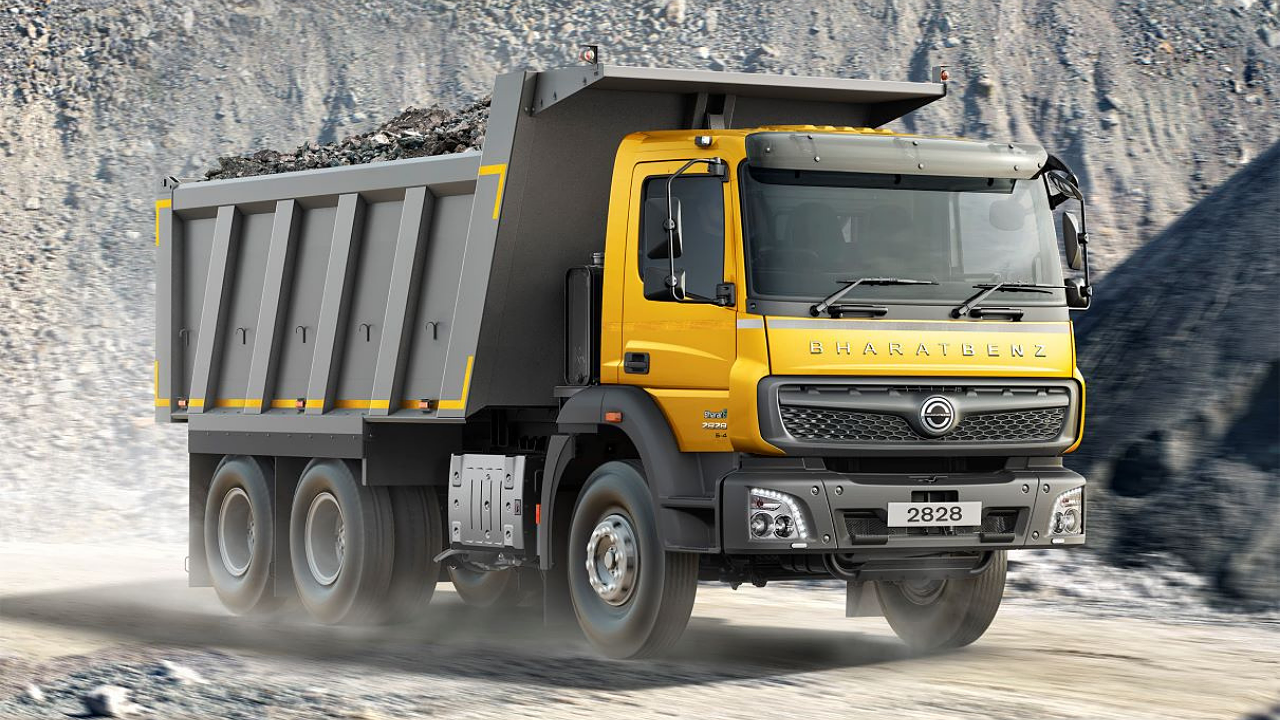
Satyakam Arya is responsible for the growth of DICV in the domestic market with the made-for-India CV brand ‘BharatBenz’ and export operations of other Daimler Truck brands, including Mercedes-Benz, FUSO and Freightliner in over 50 markets worldwide. In his last role, he worked as Chairman of the Board for PABCO, a subsidiary of Japan-based Mitsubishi Fuso Truck and Bus Corporation. He was also heading Customer Services for Daimler Trucks Asia.
Let me start by asking about the feedback for your BS-VI vehicles?
There are three aspects to BS-VI from the DICV perspective. First, we planned everything well in advance in the volatile market to almost nullify the inventory of BS-IV vehicles. On March 31, 2020, we had zero BS-IV trucks left unsold. We had just one BS-IV bus. We consumed the entire stock in our pipeline, including retail.
Secondly, it was on what we offered our customers differently. We did not just upgrade the machines, but we brought this concept of Profit Technology Plus. We believed that apart from the emission compliance, the customer should get better value for the cost. For the CV segment, the value comes from fuel efficiency, maintenance cost, reliability and safety.
We also implemented connectivity in all the vehicles through TruckConnect and BusConnect telematics solutions.
When the emission norms shift from one step to another, the fuel efficiency usually deteriorates by about 5%, which is the thumb rule for diesel vehicles. The implementation of BS-VI was from BS-IV, shifting by two steps, but we couldn’t let the fuel efficiency deteriorate by 10%. So we improved it by up to 10% in some models, offering better value for the customer. We also brought down the maintenance costs by 6% compared to BS-IV vehicles.

What was the response?
We got an overwhelming response from our customers, and we doubled our market share in BS-VI vehicles. As a result, we ended the fiscal year with a 10.6% share of the market in BS-VI as compared to almost half in BS-IV.
What’s next on the agenda?
We are now looking forward to the implementation of OBD 2 effective April 1, 2023. We are working on that scalability. Europe is implementing OBD E. What we saw last year was the first step of BS-VI, and Europe is already working on the fifth step. What we (in India) are working on is the second step.
Could you sense any opportunities for DICV when the market was down last year?
The last year has been very challenging, and I would also say that many opportunities have come up. I always believe that when a business gets challenged, it is up to us what can we make out of it. Therefore, we looked at what opportunities we could use during the period.
Firstly, we relooked at our cost, which made us more resilient. Secondly, we reprioritised our investments; in some cases, we invest more and early, while some are kept aside or even cancelled. We prioritised our investments mainly in four areas – digitalisation, mobility as a solution and not only as a product, expanding product portfolio, and localisation.
Last August, we launched BharatBenz Exchange, a used truck programme.

Can you elaborate on these initiatives?
We are working mainly in three areas on digitalisation, beginning with digitising the entire interface of customers with us. Of course, it is not like cars, where one can digitalise quickly, but it is still possible for CVs, and we are doing step by step, educating customers.
Secondly, we are looking at our internal processes in the entire value chain, from sales forecasting to buying raw material. We believe digitalisation could bring a lot of efficiencies to the whole value chain. In addition, transparency and end-to-end seamless communication in a digital platform are essential.
Thirdly, we are looking at digitalising business processes. As I speak, we have roughly two dozen digitalisation projects going on. For example, when it comes to mobility solutions, or mobility as a service, with BS-VI, we offered up to 10-year maintenance contracts to our customers. We had the confidence because the first trucks that we sold covered more than a million kilometres, and they are still going strong.
It is the beginning of mobility solutions; there’s much more that is going to come. That’s where the TruckConnect and BusConnect come in handy. And on top of that, we will build a concept called ‘Truck for Every Need.’

Can you throw more light on the concept?
The trucks that transport pharmaceuticals will be different from oil tankers. We believe that it is a different product and needs a different digital solution in terms of connectivity. We could provide a much better value to the customer by understanding what the customer is looking for. For instance, the e-commerce customer is looking for how quickly they can deliver the goods to their customers. It’s not overloaded, but it’s very precious, and therefore they need security and such things.
We are talking to each customer segment to understand their needs and gradually shifting towards the application. And that’s why I call this a MaaS (Mobility-as-a-Service) solution.
What about the localisation initiatives and expanding the product portfolio?
Currently, we are at 90%, and we frankly believe that’s quite enough. However, COVID has shown that we also need to change that paradigm. We have now prepared a plan to increase localisation by an additional 5% in the next two years.
Coming to the product portfolio, we have been periodically launching new product platforms. We did launch eight new modules at the beginning of this year, and we will continue to do so with two intentions – to fill the void and bring new models to the market with a focus on the application.
We have done well in the used trucks business. We have not even completed one year of the launch, but we get about 8% of our retail sales from the BharatBenz Exchange Programme. We’ve also managed to enhance the resale value by up to 10% better than the other brands. So we are targeting a healthy and profitable growth of our business despite COVID.

How is the DICV’s customers’ loyalty progressing?
We found that most of our customers remain very loyal to the brand. We found that, on average, the first time BharatBenz customer buys two trucks. The same customers come back and, on average, buy eight trucks. When they come for the third time, they buy 22.
What is your outlook for the next five years?
The entire automotive industry, including India, faces cyclical, structural and transformational storms. However, in the next five years, there will be much progress made on all these three elements.
From cyclicality and Indian CV market point of view, we have seen how the market has done in the last few years. From the peak of 2018, the market has drastically come down in two years. We saw the first sign of a strong recovery in Q1CY21, and we believe that we will see that kind of a strong recovery as soon as the pandemic is over. I think, in the next five years, this industry will surpass the level we achieved in 2018.
Coming to the structural part, I think there are many changes that are happening in the market. It started with the axle loads; then we have seen huge growth from last-mile delivery or the e-commerce segment, where we have products that are very well accepted by the market. There is massive investment happening in infrastructure and construction, which are our flagship segments.
With expressways, customers will ask for more powerful trucks, leading to the hub and spoke model. It will become a reality in the next five years. So the structure of the industry will change. And we believe our products are already prepared for that kind of solution. People will look for more efficient fleet utilisation based on connectivity and product performance.
The transformational aspect will be sustainability in production, accident-free driving and MaaS. We are working on these things, and there will be some announcements coming from us in the next few weeks and months.
I am very bullish for the next five years. I believe this will be the most exciting period for the CV industry in India, and I feel very confident that we are pretty well-positioned to make the best out of it and to continue to lead the market in terms of technology and transformation, while at the same time go for healthy and profitable growth.